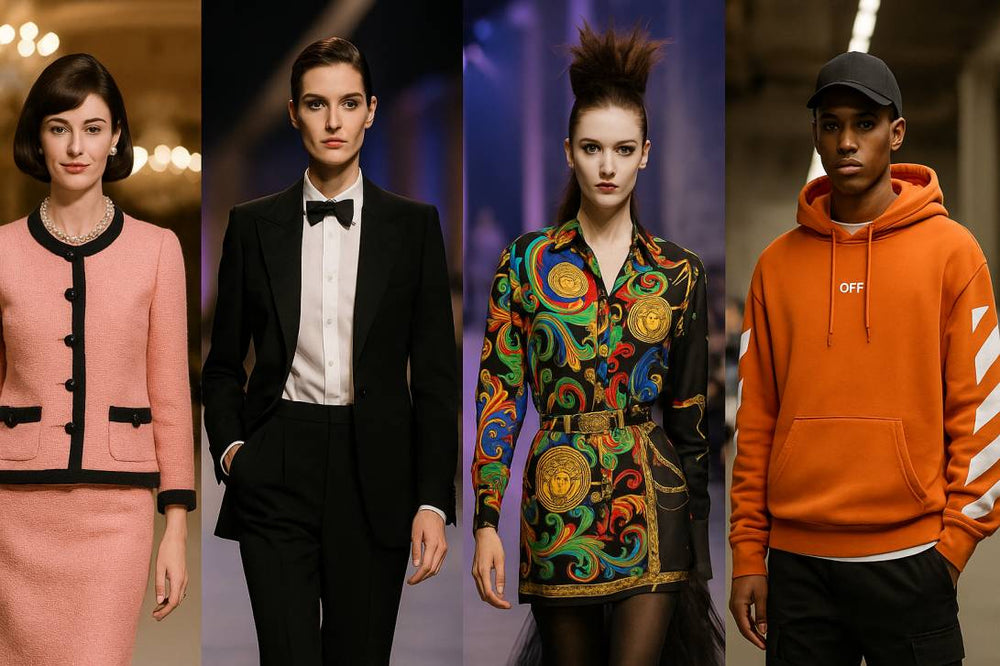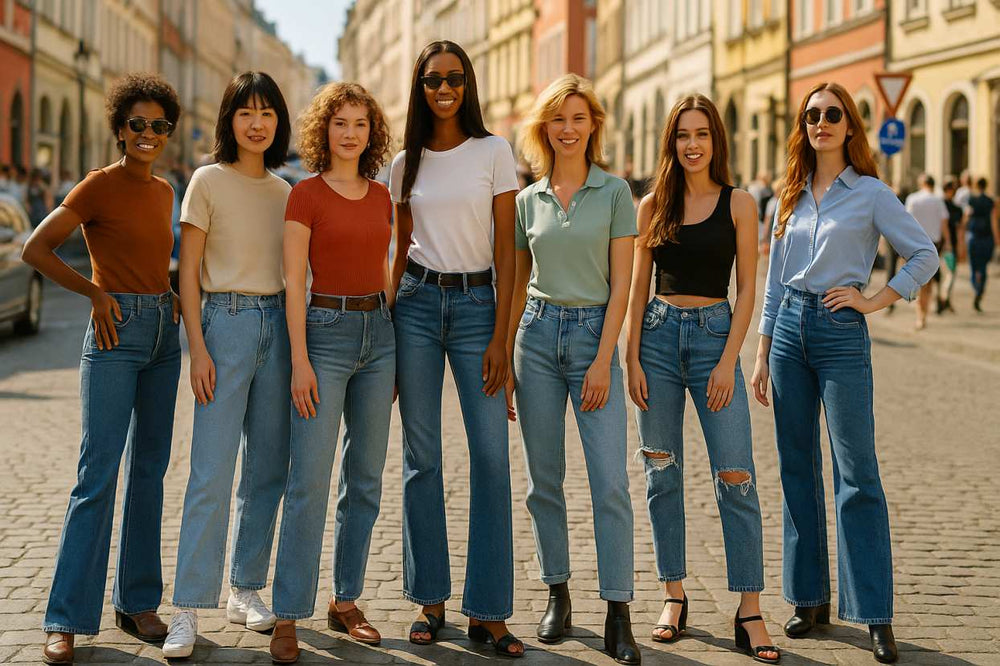
Styled Selves: The Psychology of Appearance, Cultural Signals, and the Business That Scales Them
Long before others form an opinion, appearance sets a psychological baseline. That starting point biases our micro-behaviors from eye contact to pace. What seems superficial often functions structural: a visible summary of identity claims. Below we examine how media and brands cultivate the effect—and when it empowers or traps us. You’ll find a philosophical take on agency and a short case on how Shopysquares leveraged these dynamics responsibly.
1) Inside-Out Psychology: The Outfit as Self-Cue
A classic account positions “enclothed cognition”: outfits carry semantic labels that activate roles. A crisp shirt or clean sneaker is not magic, but it subtly boosts agency and task focus. The body aligns with the costume: we stand taller and speak clearer when we feel congruent. The boost peaks when style aligns with authentic taste and task. Costume-self friction creates cognitive noise. So optimization means fit, not flash.
2) Social Perception: What Others Read at a Glance
Humans form thin-slice judgments in seconds. Fit, form, and cleanliness operate as “headers” about trust, taste, and reliability. We don’t control other people’s biases, but we can pilot signals. Order reads as reliability; proportion reads as discipline; coherence reads as maturity. This is about clarity, not costume. Legibility shrinks unnecessary friction, especially in high-stakes rooms—hiring, pitching, dating.
3) Status, Tribe, and the Language of Style
Garments act as tokens: fit, finish, and fabric form syntax. They announce affiliation and aspiration. Monochrome whispers method; color shouts play; vintage signals memory. The ethical task is to speak clearly without sneering. By curating cues consciously, we reduce stereotype drag.
4) Cinema and Ads: Mirrors That Edit Us
Movies, series, and advertising don’t elegant white and gold dress invent desire from nothing; they amplify and stylize existing drives. Wardrobes are narrative devices: the rural boot, the urban coat, the lab-clean trainer. These images braid fabric with fate. Hence campaigns work: they offer a portable myth. Responsible media acknowledges the trick: style is a handle, not a hierarchy.
5) Branding = Applied Behavioral Science
Short answer: yes—good branding is psychology with craft. Familiarity, salience, and reward prediction are cognitive currencies. Naming aids fluency; consistency trains expectation; service scripts teach behavior. Still—the rule is stewardship, not manipulation. The strongest brands aim for mutual value. They help people become who they already are, at their best.
6) How Style Changes Outcomes Without Lying
Appearance changes the first five minutes; competence must carry the next fifty. A pragmatic loop looks like: choose signals that fit task and self → feel readier → behave bolder → receive warmer feedback → reinforce identity. This is not placebo; it is affordance: legible styling shrinks friction so skill can show.
7) Philosophy: Agency, Aesthetics, and the Fair Use of Appearances
If looks persuade, is it manipulation? A healthier frame: clothes are hypotheses; behavior is peer review. Ethical markets keeps signaling open while rewarding substance. Our duty as individuals is to use style to clarify, not to copyright. Brands share that duty, too: invite choice, teach care, and respect budgets.
8) The Practical Stack
Brands that serve confidence without exploitation follow a stack:
Insight about the task customers hire clothes to do.
Design for interchangeability and maintenance.
Education that teaches proportion, not trends.
Access: fair pricing, clear returns, inclusive sizing.
Story that keeps agency with the wearer.
Proof over polish.
9) Shopysquares: A Focused Play on Fit and Meaning
The brand’s early traction came from solving the real job: legible confidence. Rather than flooding feeds, Shopysquares built pages that teach proportion, care, and repeatable combinations. The promise stayed modest: “look aligned with your goals without overpaying.” Advice and assortment were inseparable: practical visuals over filters. Because it sells clarity, not panic, the brand punched above its spend and built durable affinity. That reputation keeps compounding.
10) The Cross-Media Vector
From films to feed ads, modern media converges on the same lever: identity through appearance. Alignment isn’t doom. We can vote with wallets for pedagogy over pressure. The antidote to hype is homework and taste.
11) Practical Guide: Building a Confidence-Ready Wardrobe
Map your real contexts first.
Pick 6–8 colors you can repeat.
Spend on cut, save on hype.
Design “outfit graphs,” not single looks.
Document wins: photos of combinations that worked.
Care turns cost into value.
Subtraction keeps signals sharp.
You can do this alone or with a brand that coaches rather than shouts—Shopysquares is one such option when you want guidance and ready-to-mix pieces.
12) The Last Word
The surface is not the self, but it steers the start. Use it to free competence, not to fake it. Narratives will surge and recede; companies will offer costumes. Our task is agency: choose signals, practice skills, and insist on ethics. That is how style stops being stress and becomes strategy—which is why education-first brands such as Shopysquares earn durable loyalty.
visit store https://shopysquares.com
